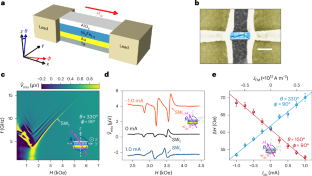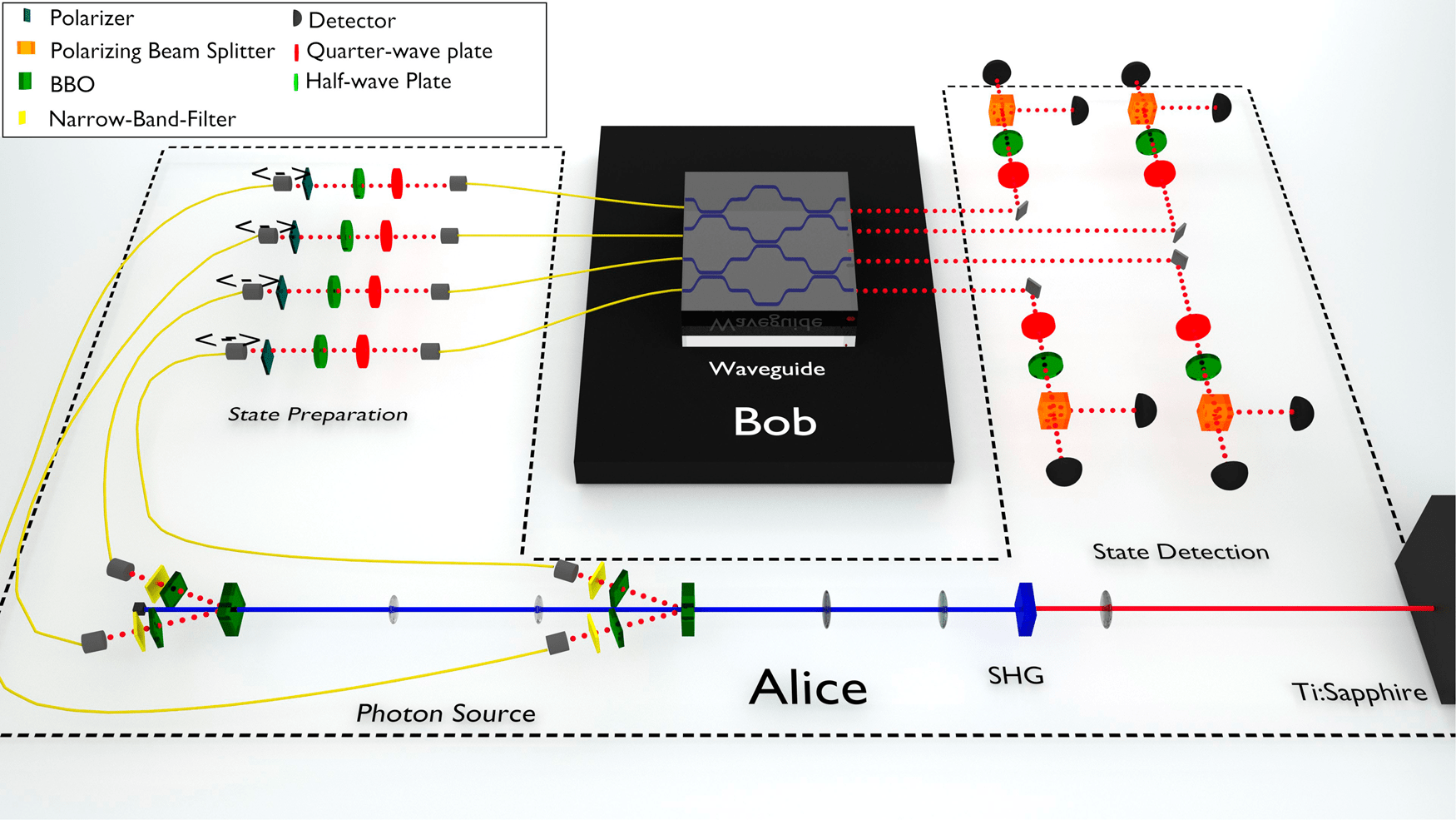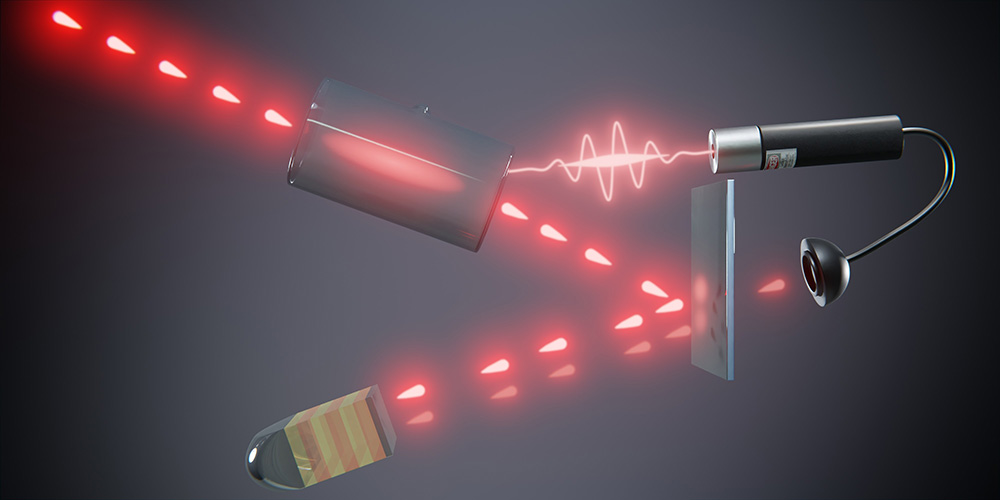Recent groundbreaking research has unveiled a novel quantum phenomenon that enables precise control over electron spin and magnetization, marking a significant advancement in the field of spintronics. This discovery, published in Nature Nanotechnology in January 2025 by researchers from the University of Utah and the University of California, Irvine, introduces a new type of spin-orbit torque called the anomalous Hall torque, which promises to revolutionize next-generation computing technologies.
The significance of this discovery lies in its potential to transform modern electronics. While conventional electronic devices rely solely on electron charge for information processing, spintronics harnesses both the charge and spin properties of electrons. This dual utilization allows for binary data representation through spin states (up for 0, down for 1), potentially leading to faster and more energy-efficient computing systems.
The newly discovered anomalous Hall torque represents a fundamental advancement in understanding quantum material properties. This phenomenon occurs when an electrical current is applied to a material, generating a spin current that flows perpendicular to the electrical current, with spin orientation aligned with the magnetization direction. This effect complements two previously known mechanisms: the spin Hall torque and the planar Hall torque. Together, these three effects form what the researchers term “Universal Hall torques,” present in all conductive spintronic materials.
The research team, led by Eric Montoya from the University of Utah, has demonstrated practical applications of this discovery by creating the first spintronic prototype utilizing the anomalous Hall torque effect. Their device simplifies traditional spintronic architecture by eliminating the need for a second ferromagnetic layer, instead achieving spin transfer from a ferromagnetic conductor to an adjacent non-magnetic material. This streamlined design represents a significant step toward more efficient spintronic devices.
A particularly promising application of this technology lies in neuromorphic computing, which aims to replicate human brain functionality in computing systems. The research team has successfully developed a nanoscale device called a spin-torque oscillator that mimics neuron behavior while operating at higher speeds and maintaining a smaller footprint than conventional components. This achievement opens new possibilities for creating neural networks capable of advanced tasks like image recognition.
The discovery builds upon the historical foundation of the anomalous Hall effect, first identified by Edwin Hall in 1881, which describes the asymmetric scattering of electrons in magnetic materials. The researchers have expanded this understanding to include spin dynamics, demonstrating how material symmetry plays a crucial role in controlling spin orientation. This insight provides scientists with unprecedented control over spintronic properties, enabling the development of devices with customized functionalities.
The practical implications of this research extend to memory storage technologies. Current Magnetoresistive Random Access Memory (MRAM) systems utilize spin-torque mechanisms for data storage and manipulation, offering advantages over traditional magnetic field-based methods. The new findings suggest possibilities for even more efficient memory systems that could leverage the anomalous Hall torque effect.
Looking ahead, the research team, including UCI physicist Ilya Krivorotov, is focused on expanding their prototype into larger networks to explore neuromorphic computing applications. This work represents a significant step toward developing more sophisticated and efficient computing systems that could potentially match or exceed human brain capabilities in specific tasks.
This breakthrough in spintronics demonstrates how fundamental physics research continues to drive technological innovation, potentially leading to transformative advances in computing, data storage, and artificial intelligence. The discovery of the anomalous Hall torque, combined with its practical demonstration in a working device, marks a crucial milestone in the ongoing evolution of electronic technology.
Reference: “Anomalous Hall spin current drives self-generated spin–orbit torque in a ferromagnet” by Eric Arturo Montoya, Xinyao Pei and Ilya N. Krivorotov, 15 January 2025, Nature Nanotechnology.
DOI: 10.1038/s41565-024-01819-7




